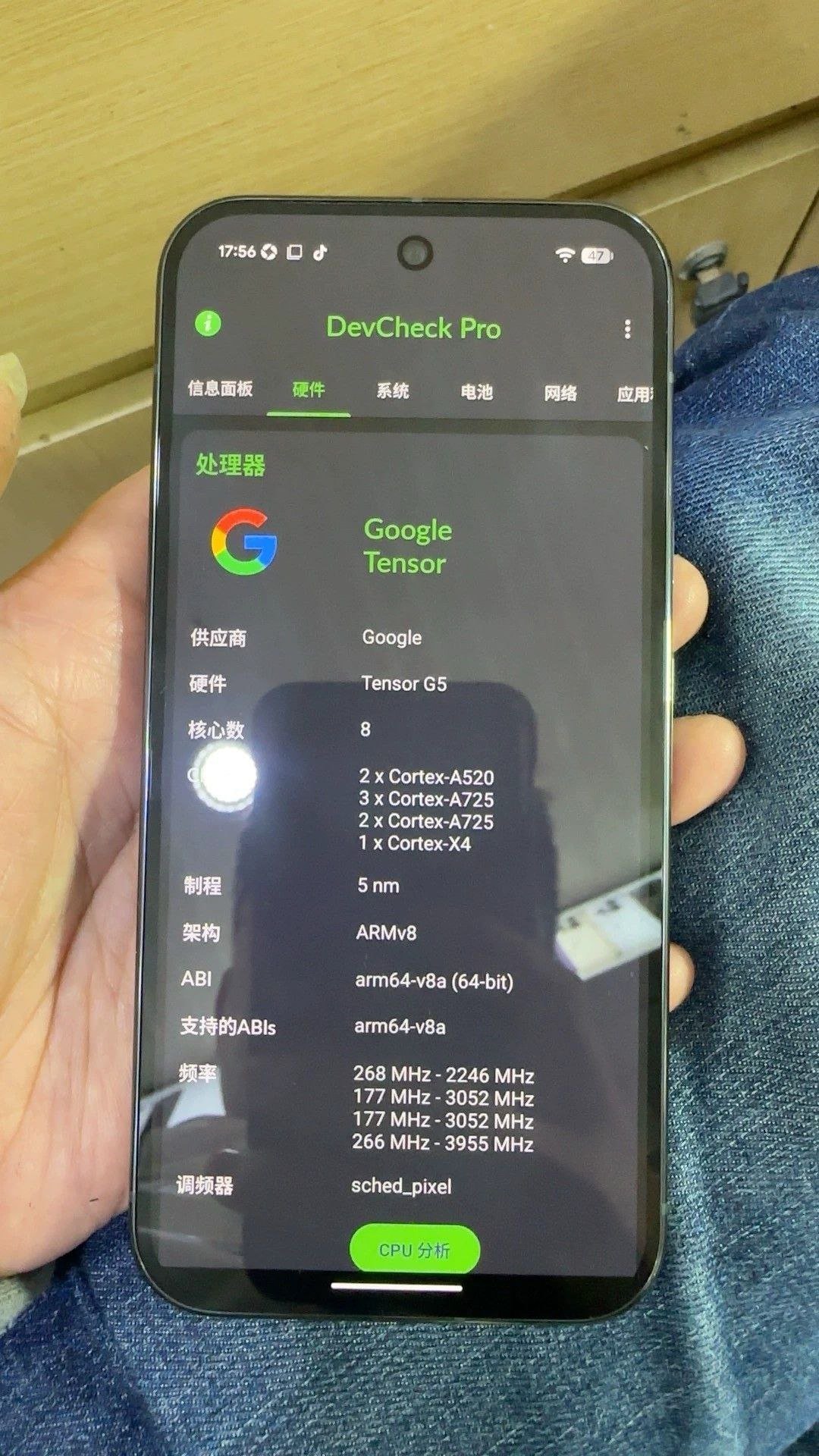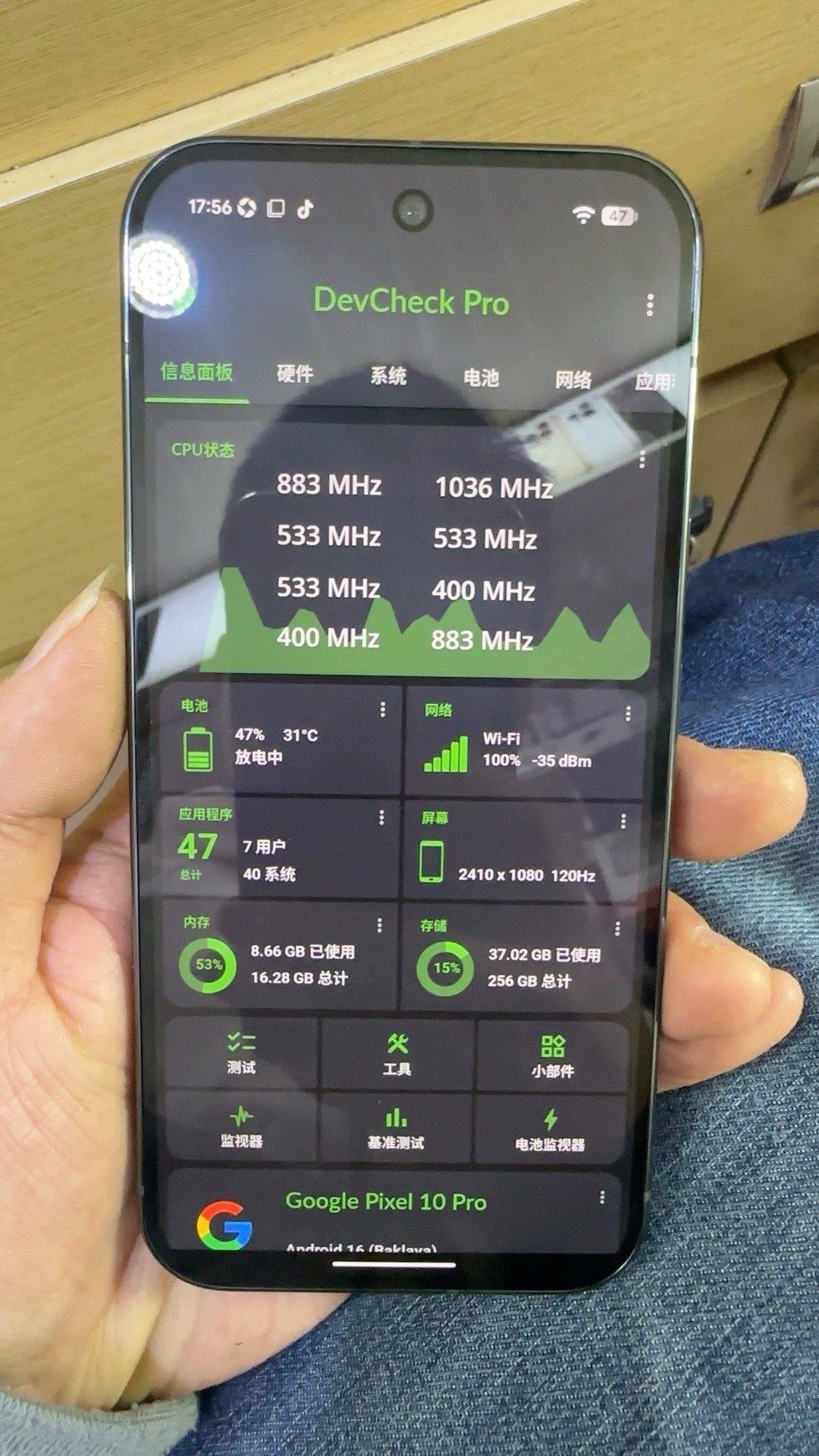A few hours ago a well-known leaker shared some live shots of a pre-production sample of Google Pixel 10 Pro who have confirmed many indiscretions leaked so far on the device that will re-propose practically itself as a predecessor design, except for one Island Chamber which seems much more “thick”.
From the point of view of the technical data sheet, however, these shots confirm the presence of the soc Tensor G5 But, compared to what emerged a few months ago, they deny the presence of a MediaTek modem: also this year, despite the transition to TSMC for the realization of the SoC, it seems that the modem in the end is an exynos of Samsung.
Even Google Pixel 10, in the end, will have the Exynos 5400 modem
Google is fixing the latest details in view of the launch of the Google Pixel 10, 10 Pro, Pixel 10 Pro XL and Pixel 10 Pro Fold, the highly anticipated Android smartphones that should debut on August 13th.
The greatest news of the next generation of flagships Made by Google They will be concentrated under the hood, where we will find the Tensor G5, the first SoC created by Google without the help of Samsung which will propose something similar to the Tensor G4, while exploiting different components.
The new SoC will then be made by TSMC with one of the 3 Nm production knots, despite the live images of the pre-production sample leaked last night we speak of 5 Nm; In this case, in fact, it should be a simple mistake.









Instead, it seems not to be a mistake what we can deny from the data linked to the version of the basic band, the one that in the third image of the previous gallery of images begins with “G5400I“: This abbreviation is the same that distinguishes the version of the basic band of the Google Pixel 9.
This translates into a potential (and partial) bad news: Google Pixel 10 will not have a modem made by Mediatek but they will re-propose the exynos 5400 of their predecessors.
Where will the improvements come from (assuming there are)?
On the one hand, everyone’s hope was that the transition to the MediaTek T900 would have definitively put an end to all the problems related to temperature management. On the other hand, however, the Exynos 5400 proved to be much better than the Pixel 7 and Pixel 8 Ayssenos 5300 on the temperature management front.
After all, already the only passage to TSMC as regards the rest of the Tensor G5 could further improve the situation, in a context in which Google could trivially have decided to intervene only on the most critical part of its previous generation Soc (which, unlike the past, was no longer the modem).
The Tensor G5 will have no top-end performance (Snapdragon 8 Elite or Dimensity 9400 style) but, as we know, Google has always preferred to privilege software optimization to “brute” power: the Octa-core CPU will however have a new 1+2+2 conformation, with a Cortex-X4 @ 3.95 GHz core, five cores. Cortex-A725 (divided into 2+3) @ 3.05 GHz and two Cortex-A520 @ 2.25 GHz.
According to the images leaked yesterday evening, then, Google Pixel 10 Pro (and we also imagine the XL model) can count on 16 GB of RAM memory and on 256 GB of storage space. Who knows if Google will decide to eliminate the “base” 128 GB cut and opt for faster memoirs than the UFS 3.1 of the pixels 9.
